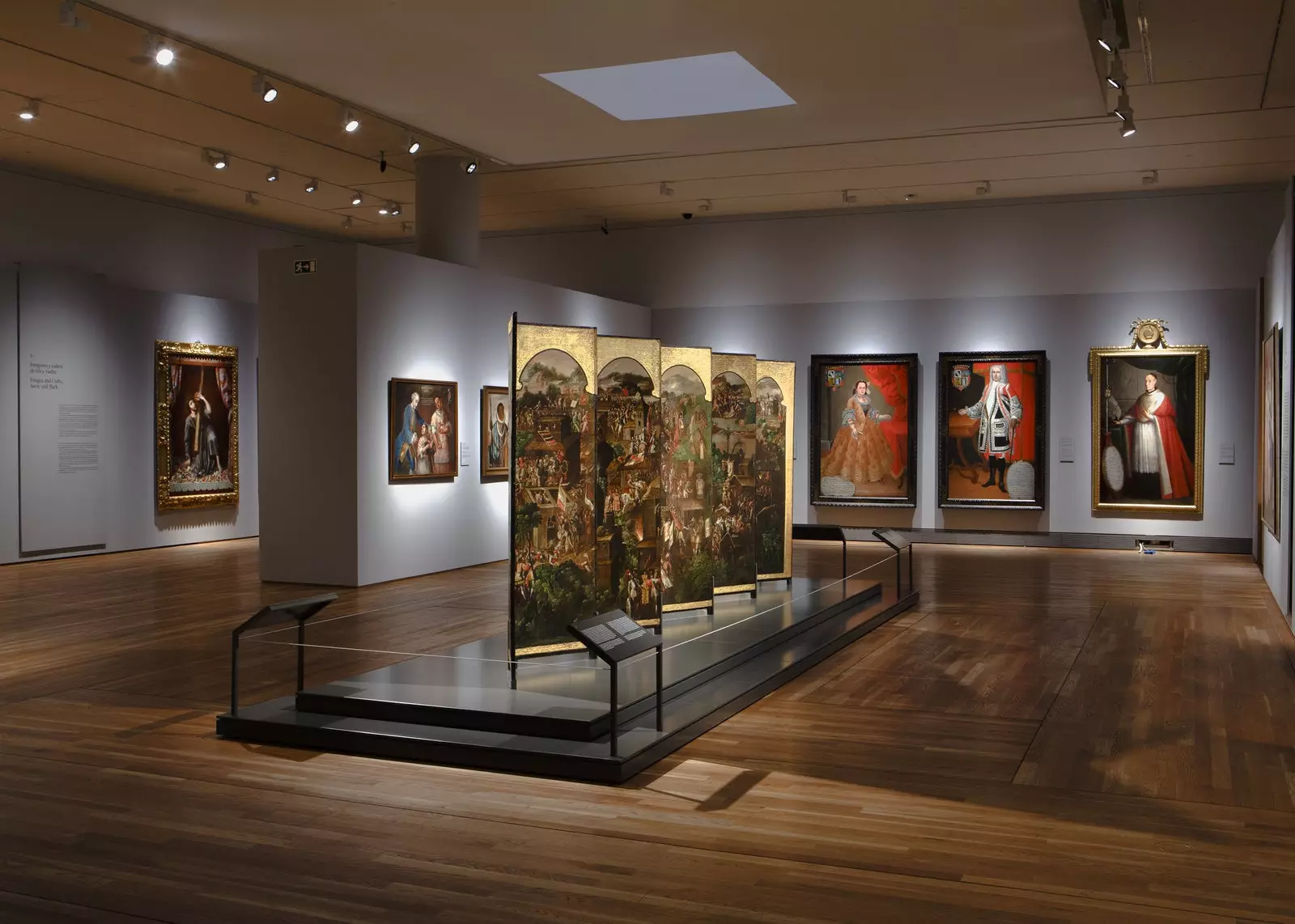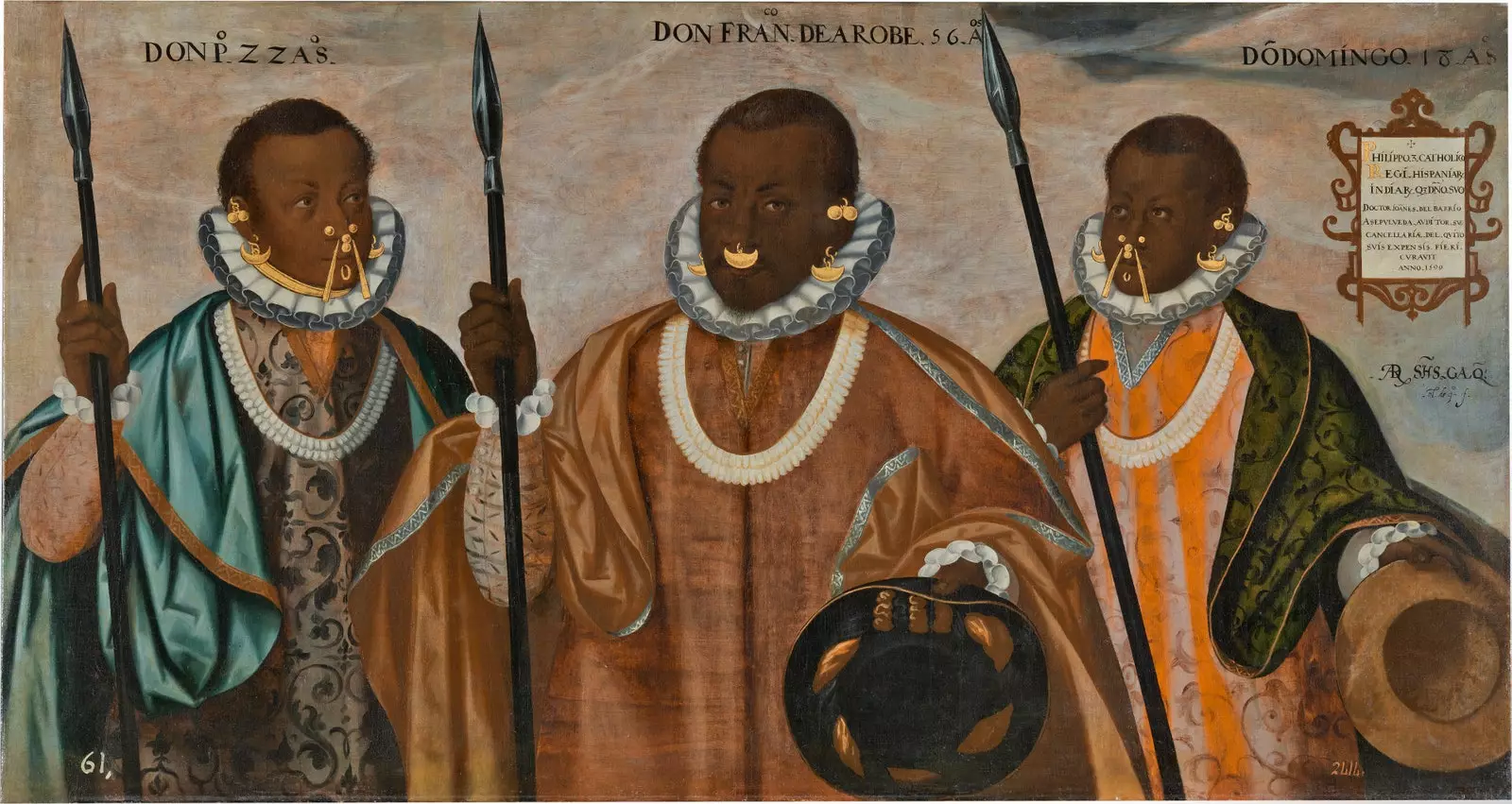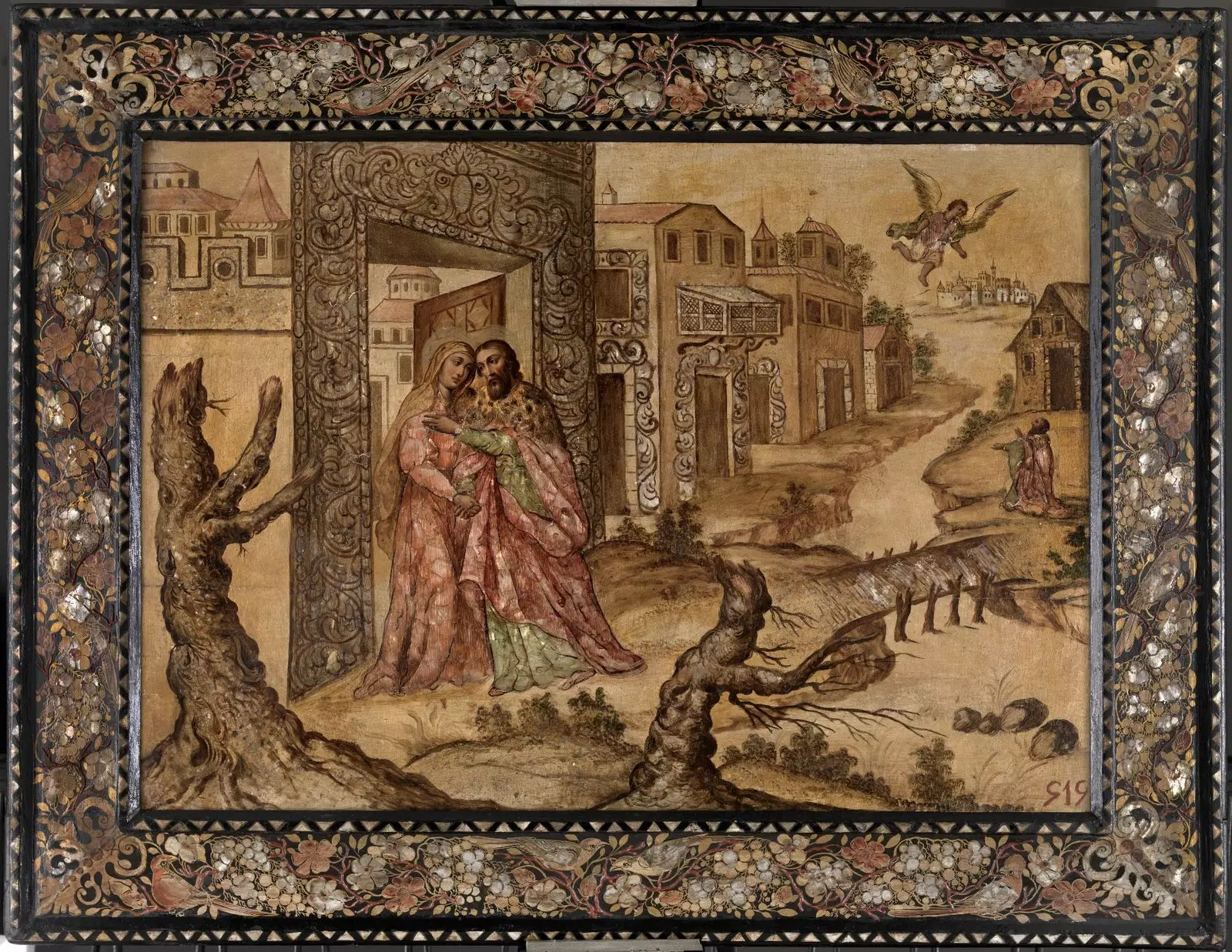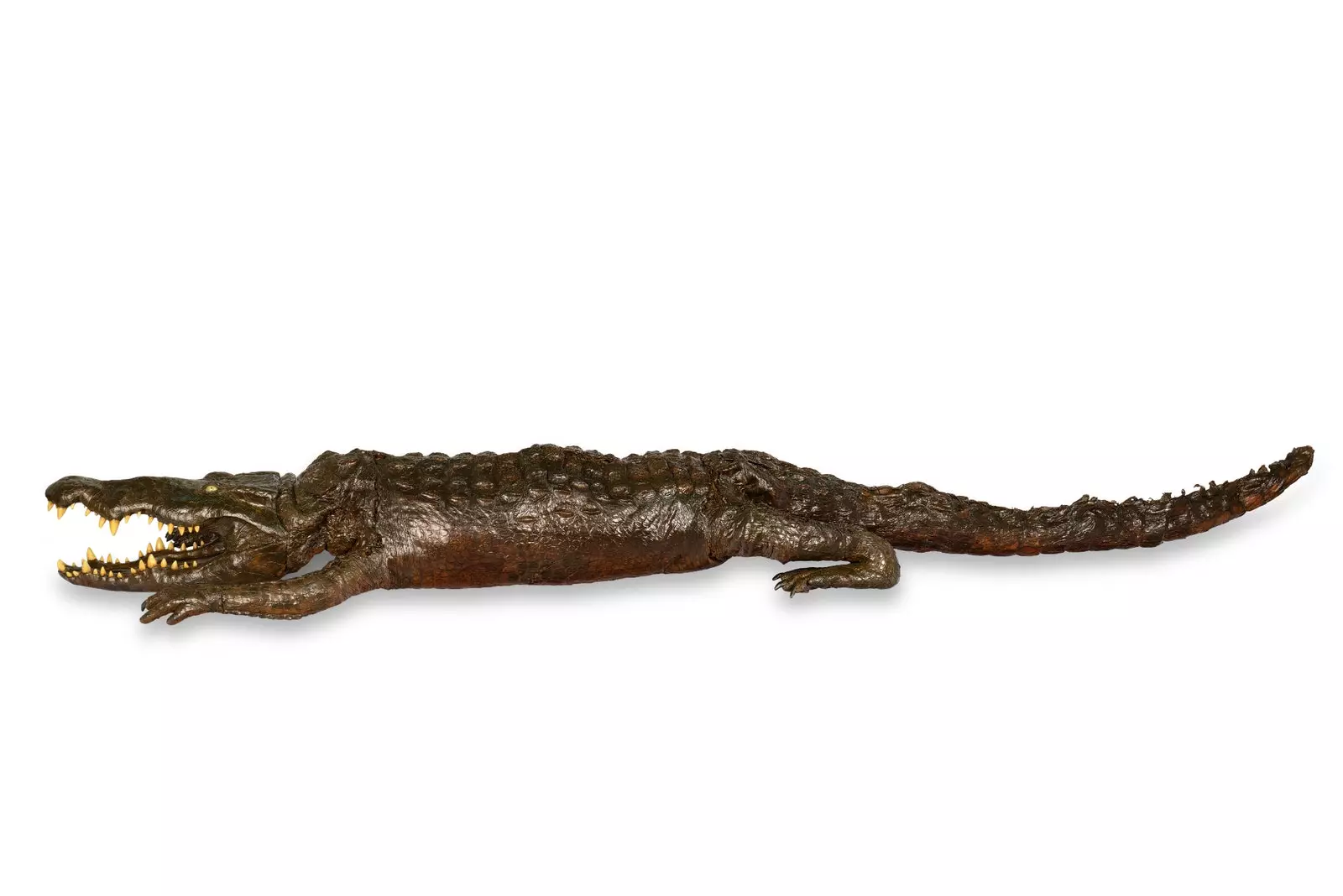Hundreds of thousands of objects crossed the Atlantic with destination to Seville either Cadiz in the fleets of galleons between the 16th and 18th centuries. These ships did not only carry the gold and silver destined to pay the wars of Flanders, but artistic and devotional pieces that manifested the ties between both shores of the ocean.
His destiny was the palaces of the aristocracy, the royal collections, convents and sanctuaries , or small rural parishes. As diverse in nature as the intentions of those who sent them, they were soon integrated into the daily life of the communities of the Peninsula. In many cases, trace of its origin was lost.

Turnaround. Ibero-American art in Spain
Turnaround, the exposure of Prado Museum , visits hermitages, cathedrals and traces the collections of the museums to recover the memory of works fruit of miscegenation , which exerted a great influence on the imaginary and habits of the Spanish for three centuries. The museum In this way, he settles a debt with viceregal art, traditionally considered of secondary importance.
Despite this, critical voices have emerged denouncing an approach that does not delve into colonial realities , both in the mechanisms of evangelization and in the economic and social processes that sustained the production of the exhibited works.
The exposure promotes direct observation of objects. To access its reality it is necessary to break the distance. Each of them narrates a journey.
Perhaps the most disturbing is that of the Mulattoes from Esmeraldas. This region of north coast of Ecuador, populated by warrior indigenous peoples, resisted colonial rule. Therefore, it was providential that a group of runaway slaves of African descent after a shipwreck took control of the territory. maroons (That's what the escaped mulattoes were called), they founded two chiefdoms who established bonds of friendship and alliances with the indigenous people. Thus was founded the "Republic of Zambos".

'The three mulattoes of Esmeraldas' (1599), Andrés Sánchez Galque
The Audience of Quito, on which the region depended, did not hesitate to negotiate with the caciques: Francisco de Arobe and Alonso Sebastian de Illescas. The latter had lived in Seville and spoke Spanish. The Audiencia offered to accept his authority in exchange for these converted to the Catholic faith and recognize the sovereignty of the Spanish monarch, Philip III . On the trip to Quito in which Arobe and his family were baptized the painting exhibited in the exhibition was painted. He was sent to court as a sign of peace in the Esmeraldas region.
At times, the journey involved new ways of doing and creating, such as the shelled , taken to New Spain, current Mexico , by oriental artisans arrived on the galleon Philippines, that crossed the Pacific.
The mother-of-pearl fragments were embedded in the wooden surface intended for painting. Its glitters were nuanced with wispy layers of pigment in a vivid color range, providing relief and depth to bodies and architectures.
They were considered precious objects, jewels, and as such they were gifts worthy of being sent by the viceroy to his monarch, as was the case with the series that represents the conquest of Mexico by Cortes , offered by the Count of Moctezuma to Carlos II.

Marian arquebusier angel
In a hermitage of Ezcaray, in The Rioja, dedicated to Our Lady of Allende , there is a series of 14 arquebusier angels arrived from Peru. They were sent there by the Archbishop of Lima, originally from the Rioja town.
They are soldier angels, who melted Andean folk beliefs , in which winged spirits abounded, and christian archangels . The Jesuits found in these images a good opportunity to encourage worship , and turned them into the defending army of the Immaculate Conception.
And above all, the silver The galleons, protected from pirates by armed squads, carried tons of precious metals. They were not only bars and coins, intended to pay for the battles of the Hispanic monarchy, but sumptuary and cult objects.
Mancerinas holding a Cup of chocolate with biscuits, small braziers and chests, and hundreds of tabernacles, monstrances, chalices and devotional crosses.

The embrace before the Golden Gate, Anonymous (1676-1725).
Diego Morcillo , archbishop and viceroy of Peru, sent Villarrobledo, in Albacete, where it came from, an arch in silver for the Virgin of Charity. Today, in its offering our gaze is drawn by the plinth destined to support the image of the Virgin, which reproduces the hill of Potosí. On its surface appear characters that transit between llamas and local vegetation , under the gaze of Virgin of Villarrobledo.
It was not strange that a local legend was made with the voice of the object. This is the case with the alligator that guards the Virgin in the Hermitage of Angustias in Icod de los Vinos, in Santa Cruz of Tenerife. A gentleman from Icod, crossing a river in mexico , it was attacked by an alligator. Seeing himself in danger, he invoked the Virgin and was able to overcome the threat and kill the animal. The gentleman decided dissect the alligator and deliver it to the hermitage.
As often happens with pieces foreign to the community that receives them, Icod appropriated the legend , developing a local version. It states that a shepherd he fed a small reptile every day with whom he was while he took care of his herd of goats.

The alligator of Icod de los Vinos.
The time has come when this lizard he was no longer satisfied with the cheese and milk that the shepherd offered him, but devoured his goats , so he decided to end the threat. In the fight he thought that the animal would devour him and it was entrusted to the Virgen de las Angustias. Miraculously, he got over it, he stabbed him with a spear and he donated it to the hermitage as an offering.
Turnaround. The memory that crossed the ocean, intertwined, woven, extinguished, transformed and recovered.
